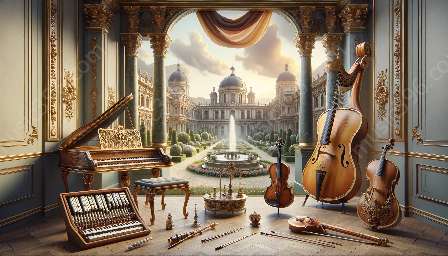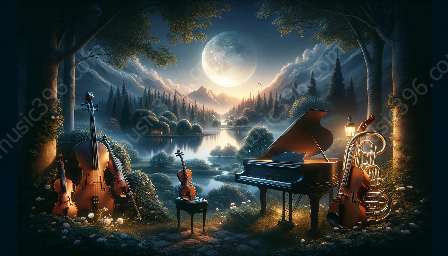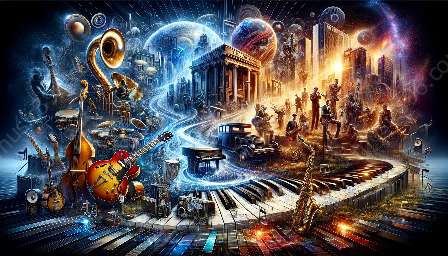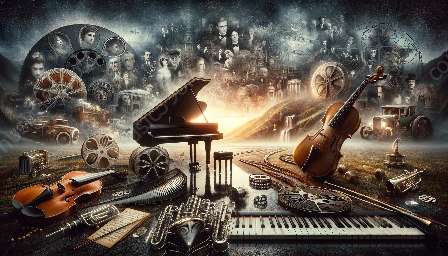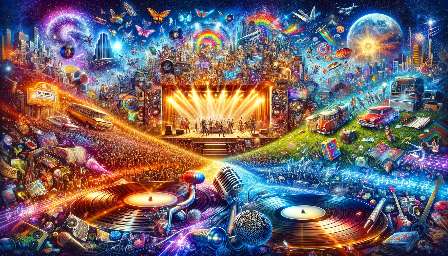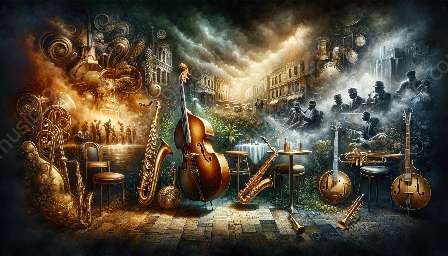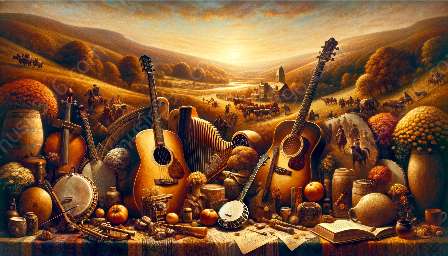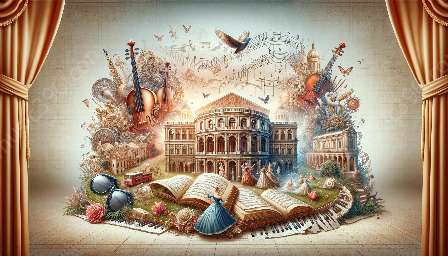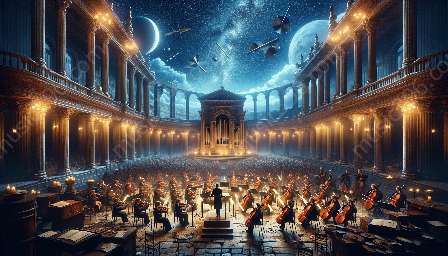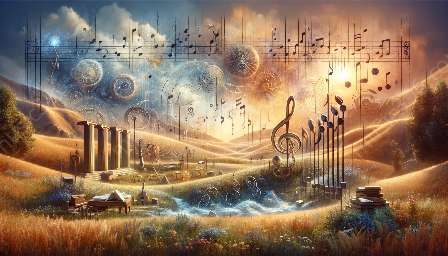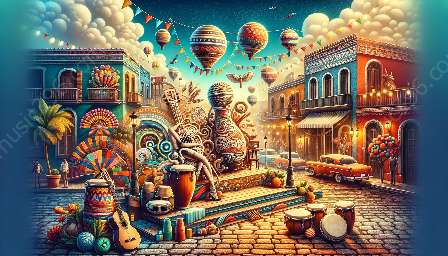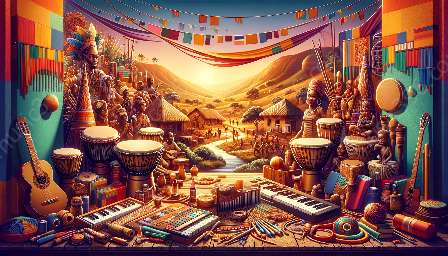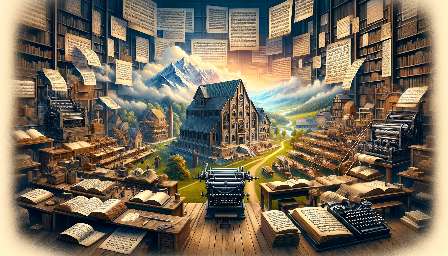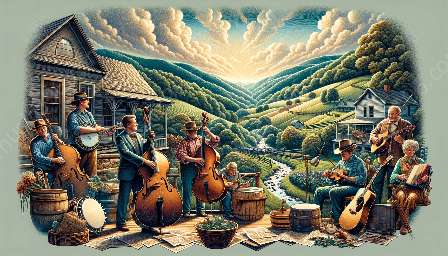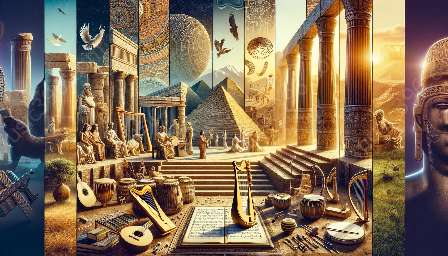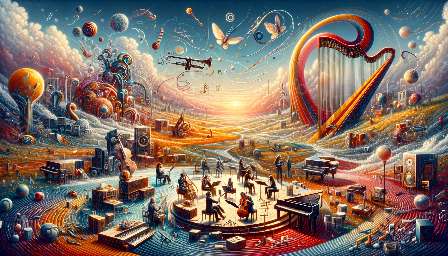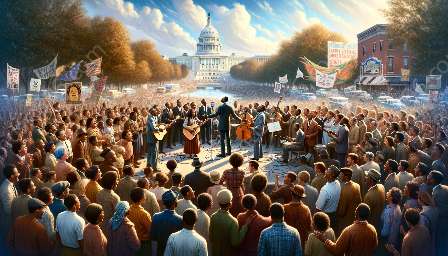The ancient Mayans had a rich tradition of musical rituals that were intertwined with their ceremonies, mythology, and art. This topic provides a fascinating insight into the role of music in the ancient world and the history of music.
Ancient Mayan Musical Rituals: A Sacred Tradition
The Mayans considered music as an essential part of their religious and spiritual practices. Their musical rituals were deeply intertwined with their religious ceremonies and mythology, reflecting their beliefs and traditions.
Music and Ceremonies
Music played a central role in Mayan ceremonies, ranging from birth and coming-of-age rites to agricultural and seasonal rituals. It was believed that music had the power to connect the physical and spiritual realms, allowing communication with the gods and ancestors.
Mythology and Music
Mayan mythology depicted the creation of the world and the journey of the gods through music. It was believed that certain musical instruments and rhythms had the ability to evoke different deities and supernatural beings, allowing for spiritual communication and guidance.
Artistic Expressions through Music
Musical instruments and performances were also depicted in Mayan art, reflecting the significance of music in their society. Intricately carved flutes, drums, and rattles were often portrayed in their hieroglyphs and murals, showcasing the importance of music in their cultural expressions.
Exploring the Role of Music in the Ancient World
Studying the musical rituals of the Ancient Mayans provides valuable insights into the broader context of music in the ancient world. It highlights the universal human impulse to use music as a tool for spiritual, social, and cultural expression, transcending geographical and temporal boundaries.
Cross-Cultural Connections
By delving into the musical traditions of ancient civilizations such as the Maya, we can draw parallels with other ancient cultures around the world. Similarities in musical instruments, ceremonial practices, and mythological beliefs provide opportunities to explore the interconnectedness of diverse ancient societies through the universal language of music.
Evolution of Musical Instruments and Styles
Studying ancient musical rituals also sheds light on the evolution of musical instruments, styles, and performance techniques. The use of percussive instruments, wind instruments, and vocal expressions among the Maya offers a glimpse into the early development of musical traditions that have influenced subsequent generations.
Tracing the History of Music through Ancient Civilizations
Understanding the musical rituals of the Ancient Mayans is essential for tracing the history of music as a global phenomenon. It forms a crucial part of the broader narrative of human creativity, cultural diversity, and the enduring legacy of musical traditions.
Impact on Contemporary Musicology
The exploration of ancient Mayan musical traditions enriches contemporary musicology by providing new perspectives on the origins and influences of modern musical practices. It encourages scholars and enthusiasts to reevaluate the continuity of musical traditions and their enduring relevance in contemporary society.
Preservation and Revival
Studying ancient musical rituals also underscores the importance of preserving and reviving traditional musical practices. Efforts to safeguard and revitalize ancient Mayan music contribute to the preservation of cultural heritage and the celebration of diverse musical legacies.




